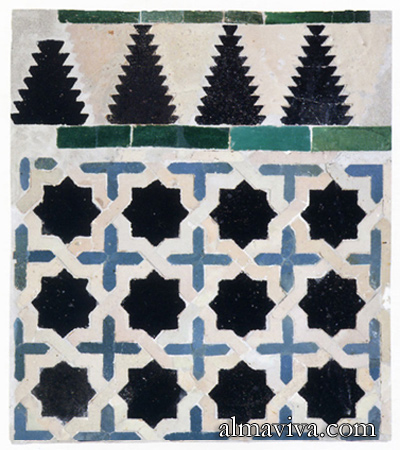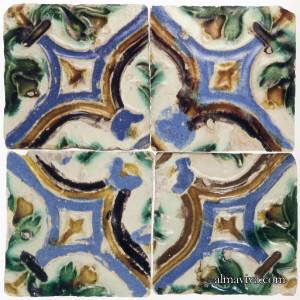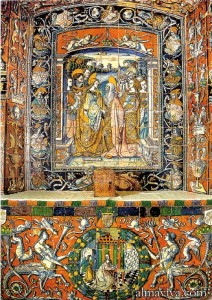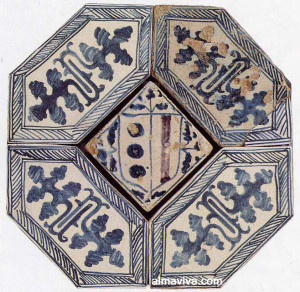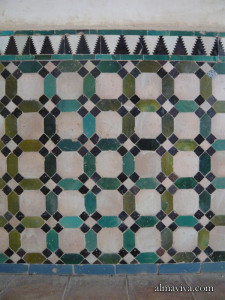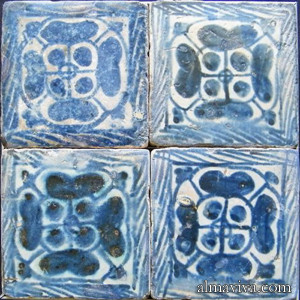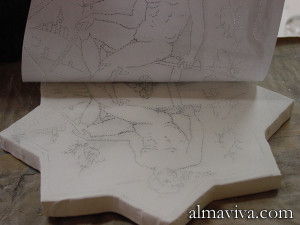Porcelain is a hard, white, non-porous and translucent variety of ceramic ware invented in China around 800 AD. The clay is made of feldspath, quartz, petuntse (china-stone), and kaolin (china-clay). Petuntse (pai-tun-tzu) means hard paste in Chinese. Kaolin is said to be a corruption of the Chinese Kau-ling, meaning High Ridge, the name of a hill east of King-te-chen. This city is in the eastern province of Kiang-si, whence the earliest samples of the clay were sent to Europe in the early 18th century by the Père d’Entrecolles, a French Jesuit missionary.
Chinese porcelain was immensely prized throughout the Orient and Europe. The secrets of its ingredients and production process were closely guarded for nearly a thousand years. It was indeed only in the early 18th century that, by sheer accident, Johann Schnoor, a Prussian, noticed an intensely white material sticking to his horses’ hooves. Curiously, he found it to be an excellent material for whitening wigs. A chemist analyzed the material and identified it as kaolin, one of the main ingredients of porcelain. As a result, the first European production centre of porcelain was started in 1710 in Prussia, in the city of Meissen.
The discovery of kaolin at Saint-Yrieix, near Limoges, in France, and in Cornwall about the year 1750, enabled the extension of porcelain production throughout Europe. The main manufactures were: Vienna, Berlin, Venice, Chelsea and Worcester in England, Tournai in Belgium, Copenhagen, Saint-Petersburg, and Chantilly, Mennecy, Vincennes, and Sceaux, in France.
Return to ceramic keywords
